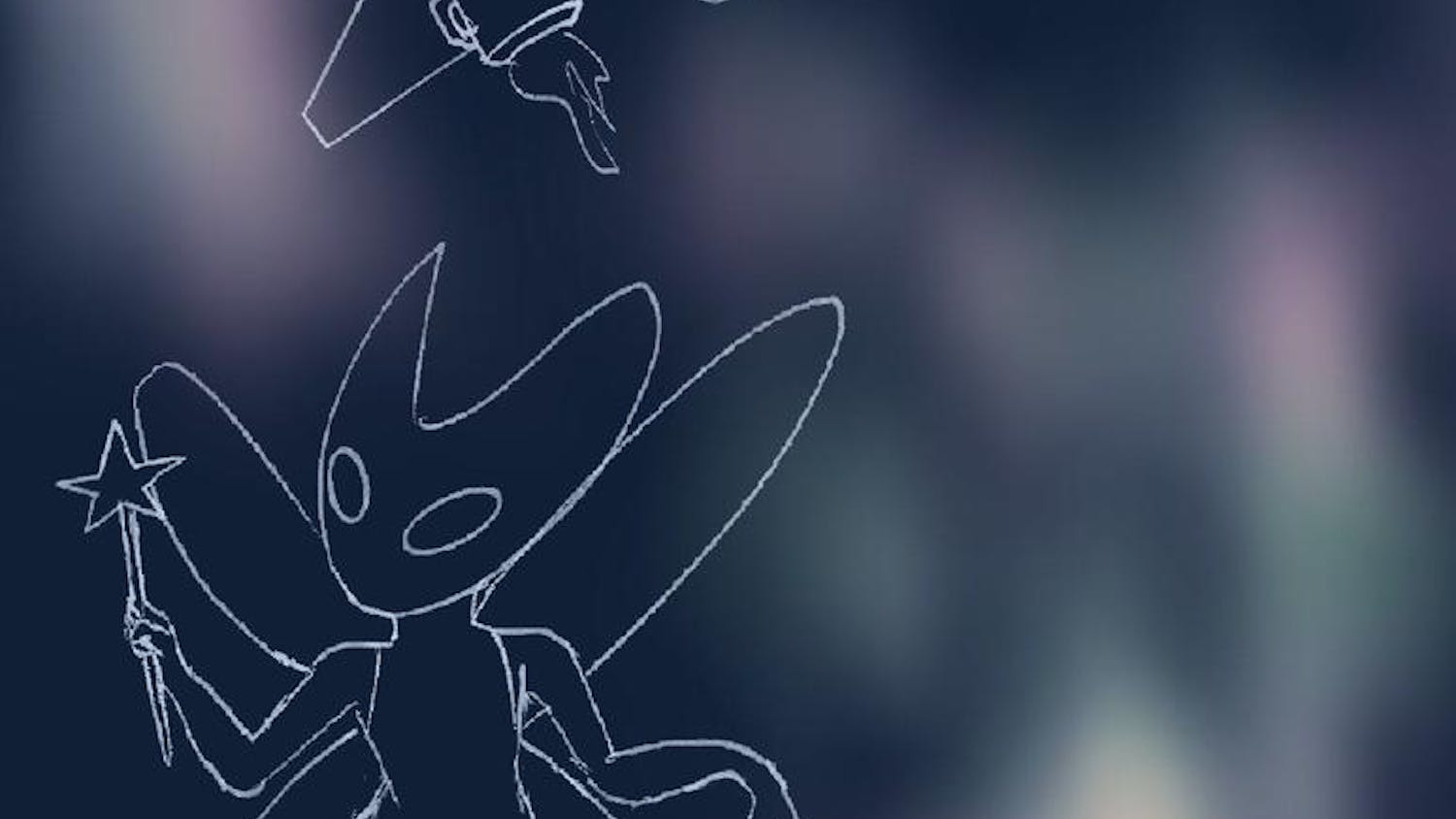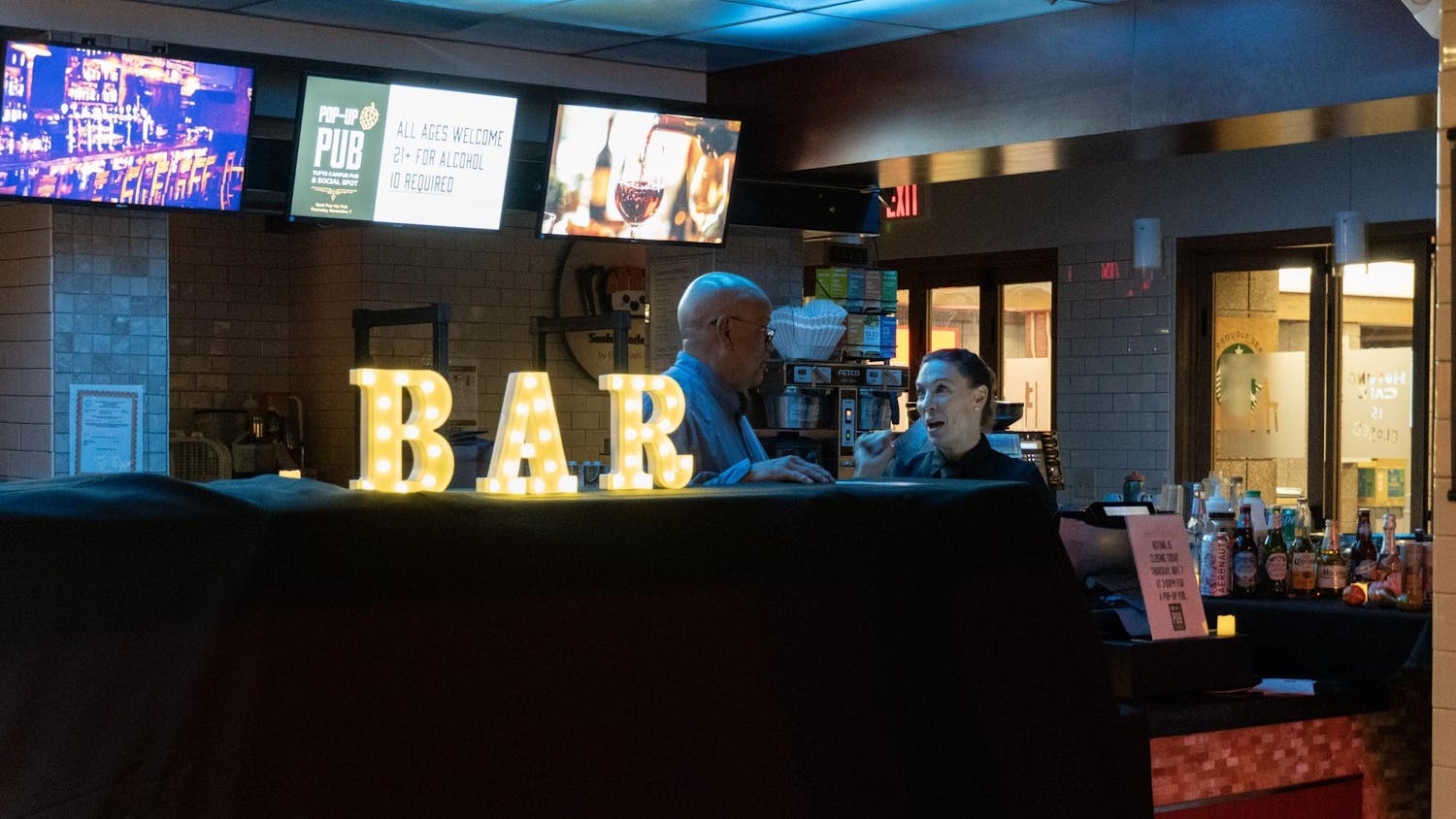I miss the era of big, bold tear-out posters in magazines. Remember when your copy of Tiger Beat came with a complimentary shot of Zac Efron or Justin Bieber, perfect for taping above your bed? Flipping through a recent print edition of The Cut, I found a double-sided tearout of Bad Bunny on a ranch, pouting for the camera. The poster left me feeling wistful. It went right up on a friend’s wall, looming over her television.
Images used to be a finite commodity. Long before the days of Instagram and Google, seeing a striking photograph was just as luscious an experience as reading a good story. Maybe you remember such an experience; I think of Angelina Jolie in silver on the cover of Esquire or Kim Kardashian popping champagne on the cover of Paper. Now these photos and thousands of others — many produced by artificial intelligence — are plastered all over the internet. You’ll likely see a magazine spread posted on X before you see it in print. Celebrity posters don’t need to be torn out of Tiger Beat; they can be printed at home.
For the second-ever edition of The Tufts Daily Magazine, we chose to narrow in on photography. The internet’s photo glut has made us worse viewers, less perceptive to the beauty of the images in front of us. So, I ask you: Take a second, and look at the photos in this issue. No, really, look. It’s a muscle many of us haven’t used in a long time.
Start with the cover. For this edition’s lead story, Matthew Sage dug into the previously unreported story of Eaton Hall’s renovation. He struggled to find a cohesive theme within Tufts’ architecture and detailed the campus’ identity crisis. So, we decided to put a model inside of Eaton’s glass box, holding up a sign to signal this confusion. (Maybe that model looks familiar…) From afar, the cover looks like a beautiful shot of Eaton’s new facade. But up close, you see that important question: WHO ARE WE? Shot by Peter Wolfe, editorial shots like these are rare for the Daily — or any student publication, for that matter — to plan out.
There are even more inventive shots within this magazine’s pages. For Max Lerner’s story on dating apps, Wolfe snapped models simulating romance, phones in hand. For Dylan Fee’s story on wealth culture, Briana Chen captured some Canada Goose jackets in the wild. For Matthew Winkler’s profile, Chen photographed professor Frank Lehman in motion, hands on the keyboard. And, for Julieta Grané’s story on food media, a handful of Daily photographers went meta, compiling photos of other cameras taking pictures of food.
Of course, there’s also some incredible writing in the magazine, which we’ve spent months reporting, editing and refining. As someone who’s indulged in a few too many Fiddleheads at The Burren, Sarah Firth’s oral history of the pub is a personal favorite. Also, don’t miss Aaron Gruen’s quest to define “quirky” at the most quirked-up spot on campus: The Sink. I’m incredibly proud of the deeply compelling and readable features published within these pages.
Last semester, for this magazine’s inaugural edition, I wrote about the importance of sitting with good, long-form writing in the digital age. That message is still true: Take a second, log off TikTok and Instagram and allow yourself to linger in these stories. But we can — and should — do the same with photographs. Claire Wood, Aisha Karim and Josh Solomon pulled together the print layout in front of you, ready for your gaze to bounce from page to page. So, don’t just skim. Really look. I hope you enjoy what you see.
Sincerely,
Henry Chandonnet
Founding Editor, The Tufts Daily Magazine




